Some countries are moving away from cash. And in others, they still pay with shells.
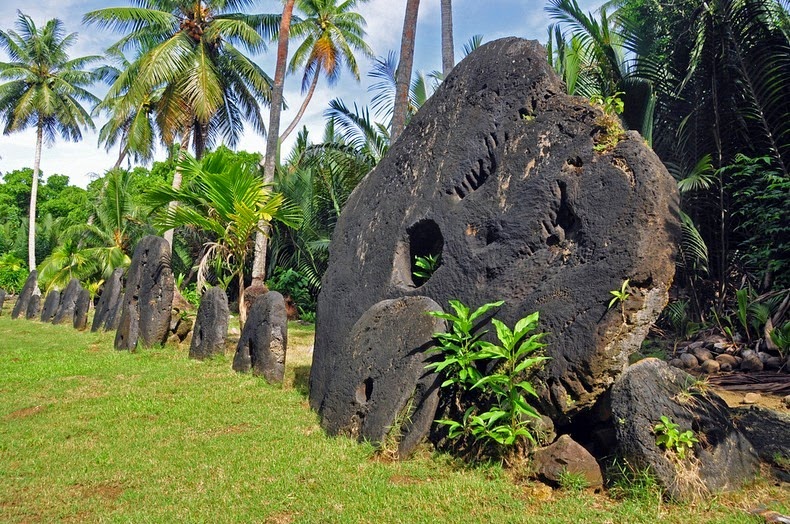
An Alternative to Money in Micronesia
There are more and more alternatives to cash payments in the world. Contactless cards, mobile systems like Apple Pay, Bitcoin are rapidly gaining popularity and are becoming common payment instruments.
But besides them, there are still amazing and even strange alternatives to money in the world. Some of them have been in use for centuries and are still relevant today. We have collected some of the most interesting “alternative currencies” from around the world.
Parmesan cheese (Parmigiano-Reggiano)
Where: Emilia-Romagna, Northern Italy
When: 1953 - Present
Cost: $ 300 per head of cheese
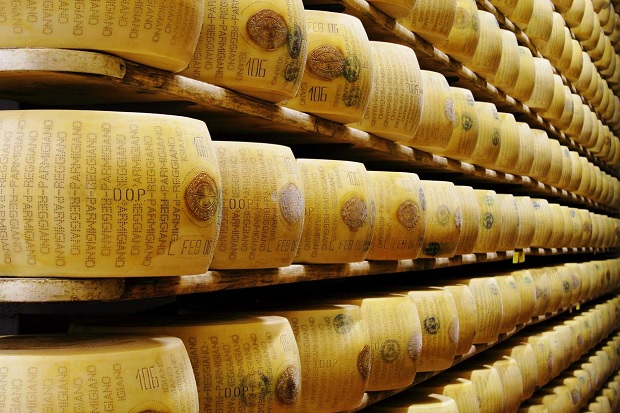
Parmigiano-Reggiano is a type of Parmesan cheese. Its ripening period is two years, during which local farmers can find themselves with little or no cash flow. Banco Emiliano, an Italian bank, accepts cheese as collateral for a loan. Thus, farmers receive the necessary finance until the time when they can sell their goods.
In case the farmers do not repay the loan, the bank sells cheese worth $ 300 per head. The bank vault, which contains $ 187 million worth of cheese, has been attacked by cheese thieves three times, most recently in 2009.
Rai Stones
Where: Yap Island, Micronesia
When: 500 AD - nowadays
Cost: Each stone has its own unique cost
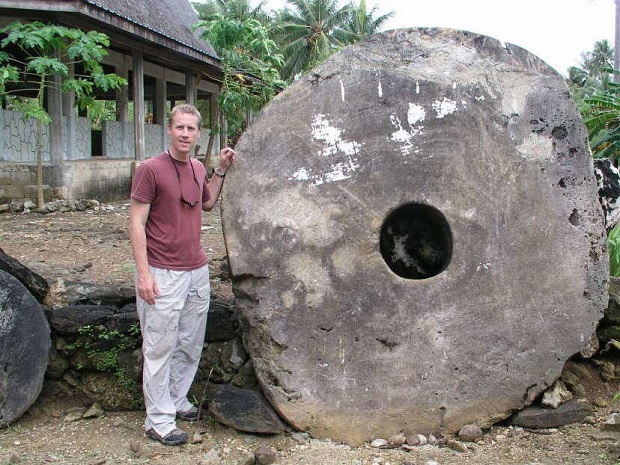
Rai Stones are large stone discs made of aragonite or calcite limestone with a hole in the middle. Usually the stone has an oral tradition associated with it about the origin, the story of the transition from hand to hand and the current owner. And the more interesting its history, the more expensive the Rai stone is. For example, the more people died in the manufacture or transportation of a stone, the higher its value.
Many stones are too large or fragile to move, so very often trade or sale deals are done verbally. For example, once during transportation by kayak, Rai's stone fell overboard and drowned. Local residents concluded that he should remain on the seabed, but transactions with him can still be carried out.
The Rai Stones are still used today as an alternative to money in social transactions such as marriage, inheritance or political agreements.
Mobile operator account
Where: Kenya, Tanzania, Afghanistan, South Africa, India, Mozambique, Egypt, Romania and Albania
When: 2011 - present
Cost: Money on a mobile account is equal to a means of payment in a 1: 1 ratio
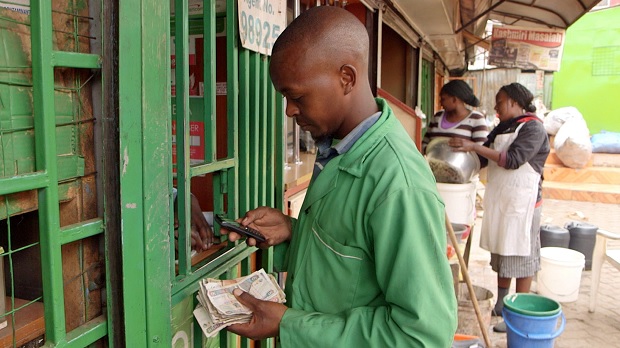
In countries such as Kenya, where banking services are poorly developed, mobile operators began to offer people an unusual service - to pay for goods with mobile money, which was previously used to pay for calls and SMS. This solution is called M-PESA and is very popular today in its region.
Canadian Tyres
Where: Canada
When: 1958 - Present
Cost: Available denominations are 5 cents, 10 cents, 25 cents, 50 cents, $ 1 and $ 2.
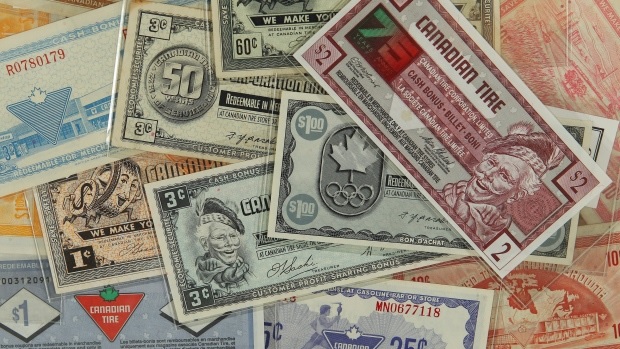
For more than 50 years in Canada, there has been another form of currency besides the dollar. It has been printed by Canadian Tire since 1958. With a wide variety of products ranging from kitchen utensils to car accessories, the retailer used tairas as a customer reward scheme. When making purchases at gas stations or in convenience stores of the chain, customers received coupons of a certain denomination, which could be used to pay for goods on their next purchases.
Tayras became so popular that other businesses began to accept them as well. Canadian folk singer Corinne Raymond used Canadian Tires to fund his album. And a local bar in Toronto has a Canadian Tyre Night once a year.
In the mid-90s of the last century, it was reported that a man was detained in Germany with fake Canadian tayras in the amount of $ 11 million. The same fraudster was detained in Georgia - he was found to have fake coupons in the amount of $ 45 million.
Silver cards
Where: New Hampshire, USA
When: 2007 - Present
Cost: $ 1, $ 2, $ 3, $ 6 and $ 30 denominations, but the cost may fluctuate depending on the price of gold and silver
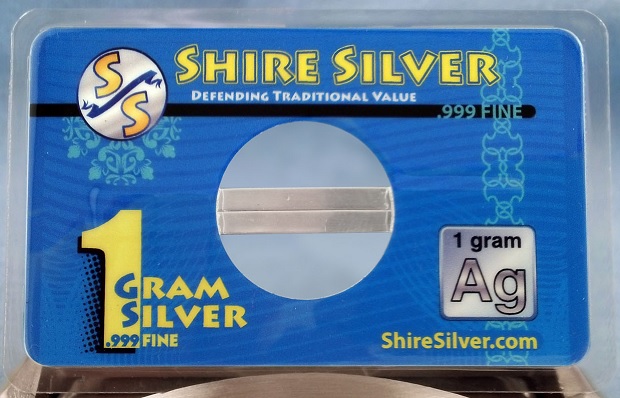
In the early 21st century in New Hampshire, many traders who supported the Free State Project (a political movement created in 2001 to make New Hampshire the home of libertarianism) began to accept gold and silver as an alternative to money in trading. Particularly widespread are pieces of silver in the form of cards. The denomination of each card is the same as the weight of the metal contained inside.
The creators of this alternative currency claim to have received orders for the production of silver cards from all over the world. Since such payment instruments are based on precious metals instead of paper, the creators of New Hampshire silver are hoping that the currency will hold its value for a longer period of time.
Seashells
Where: Langa Langa Lagoon, Solomon Islands
When: 1200 BC - nowadays
Cost: one shell beads cost 1000 Solomon Islands dollars
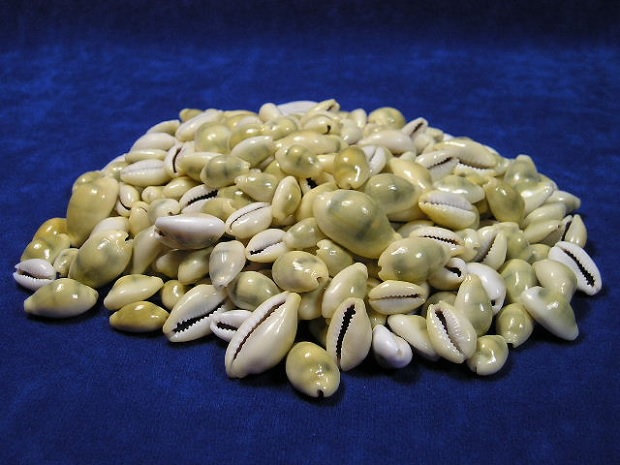
Shells were used as currency as early as 1200 BC. And they are used to this day by the inhabitants of the Langa Langa Lagoon in the Solomon Islands.
Seashells are used to create jewelry, which is a payment instrument among the local population when buying livestock, land, resolving disputes, and even as a dowry. Locals also sell these jewelry to travelers for more traditional forms of money, which they later use to purchase goods from neighboring islands. Over time, shells become more rare, which increases their value.
Tea blocks
Where: China, Mongolia, Tibet and Central Asia
When: 19th century - 1935
Cost: Depends on the quality of the tea leaves used; the last fixed cost is one rupee per block.
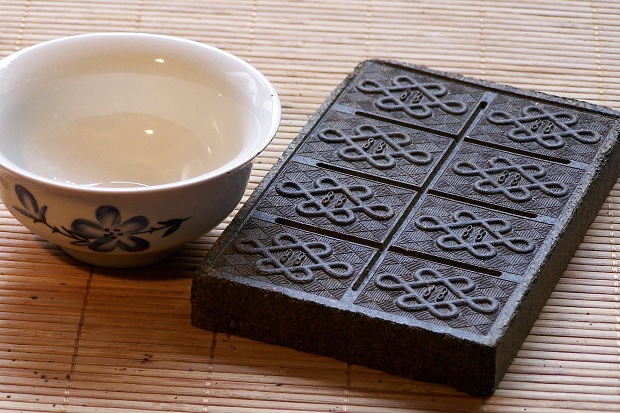
Made from pressed tea leaves, tea bricks were used as currency in some Asian countries until the outbreak of World War II. Tea blocks were used to buy livestock or even pay taxes. In some countries, such as Mongolia, Siberia, and Tibet, they were preferred over coins as they could be used to treat coughs and colds. They were also eaten when other food was scarce.
Bottle caps
Where: Cameroon
When: 2005
Cost: $ 1
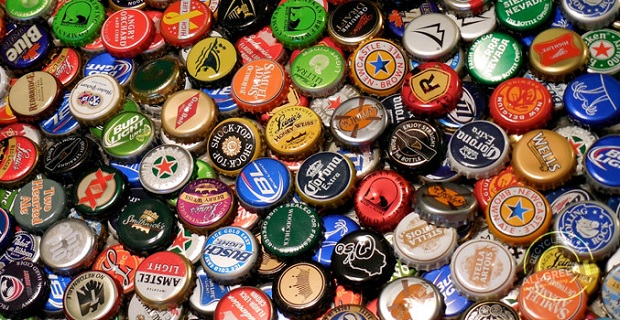
In 2005, a brewery in Cameroon began placing prizes under beer bottle caps in an effort to increase sales. When rival companies did the same, the competition increased so much that there was a prize under almost every cap. Gifts ranged from free beer to sports cars. And people began to trade caps for various goods and services at the price of $ 1 per cap (just like the cost of a bottle of beer).
Notgeld, or emergency money
Where: Germany, and there were also cases of use in Ireland, Sweden, Belgium and France
When: 1922 - 1923
Cost: according to the face value indicated on the banknote
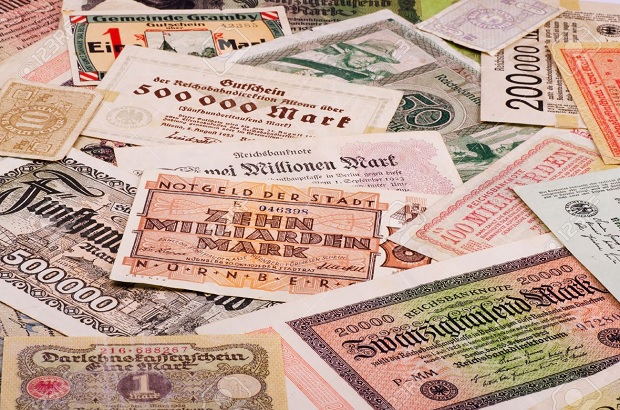
After the First World War, Germany experienced a period of hyperinflation, which arose after the loss of confidence in the national currency. Germany's central bank, which was struggling to meet demand for the stamps, issued Notgeld, or emergency money. They were most often made of paper, but leather, wood, and even playing cards were also used, as prices continued to roughly double every 28 hours. By November 1923, 1 American dollar was worth four trillion German marks.
100 quintillion pengo
Where: Hungary
When: 1946
Cost: about 75 cents
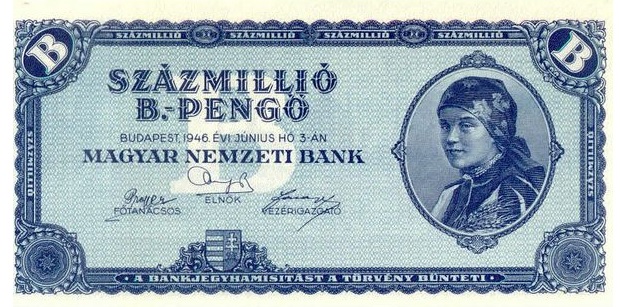
After the end of World War II, prices in Hungary nearly doubled every 15 hours, causing the country to experience the highest level of hyperinflation ever known. The country's government was forced to announce the new inflation rate every morning by radio so workers could negotiate new wages with management.
The 100 quintillion pengos were the largest legal tender ever to exist. In equivalent, they equated to $ 45. In Hungary, 100 sextillion notes were already prepared for issuance, but the pengo currency was canceled. Earlier, we have already compiled a list of countries where the depreciation of money was even more extensive.

An Alternative to Money in Micronesia
There are more and more alternatives to cash payments in the world. Contactless cards, mobile systems like Apple Pay, Bitcoin are rapidly gaining popularity and are becoming common payment instruments.
But besides them, there are still amazing and even strange alternatives to money in the world. Some of them have been in use for centuries and are still relevant today. We have collected some of the most interesting “alternative currencies” from around the world.
Parmesan cheese (Parmigiano-Reggiano)
Where: Emilia-Romagna, Northern Italy
When: 1953 - Present
Cost: $ 300 per head of cheese

Parmigiano-Reggiano is a type of Parmesan cheese. Its ripening period is two years, during which local farmers can find themselves with little or no cash flow. Banco Emiliano, an Italian bank, accepts cheese as collateral for a loan. Thus, farmers receive the necessary finance until the time when they can sell their goods.
In case the farmers do not repay the loan, the bank sells cheese worth $ 300 per head. The bank vault, which contains $ 187 million worth of cheese, has been attacked by cheese thieves three times, most recently in 2009.
Rai Stones
Where: Yap Island, Micronesia
When: 500 AD - nowadays
Cost: Each stone has its own unique cost

Rai Stones are large stone discs made of aragonite or calcite limestone with a hole in the middle. Usually the stone has an oral tradition associated with it about the origin, the story of the transition from hand to hand and the current owner. And the more interesting its history, the more expensive the Rai stone is. For example, the more people died in the manufacture or transportation of a stone, the higher its value.
Many stones are too large or fragile to move, so very often trade or sale deals are done verbally. For example, once during transportation by kayak, Rai's stone fell overboard and drowned. Local residents concluded that he should remain on the seabed, but transactions with him can still be carried out.
The Rai Stones are still used today as an alternative to money in social transactions such as marriage, inheritance or political agreements.
Mobile operator account
Where: Kenya, Tanzania, Afghanistan, South Africa, India, Mozambique, Egypt, Romania and Albania
When: 2011 - present
Cost: Money on a mobile account is equal to a means of payment in a 1: 1 ratio

In countries such as Kenya, where banking services are poorly developed, mobile operators began to offer people an unusual service - to pay for goods with mobile money, which was previously used to pay for calls and SMS. This solution is called M-PESA and is very popular today in its region.
Canadian Tyres
Where: Canada
When: 1958 - Present
Cost: Available denominations are 5 cents, 10 cents, 25 cents, 50 cents, $ 1 and $ 2.

For more than 50 years in Canada, there has been another form of currency besides the dollar. It has been printed by Canadian Tire since 1958. With a wide variety of products ranging from kitchen utensils to car accessories, the retailer used tairas as a customer reward scheme. When making purchases at gas stations or in convenience stores of the chain, customers received coupons of a certain denomination, which could be used to pay for goods on their next purchases.
Tayras became so popular that other businesses began to accept them as well. Canadian folk singer Corinne Raymond used Canadian Tires to fund his album. And a local bar in Toronto has a Canadian Tyre Night once a year.
In the mid-90s of the last century, it was reported that a man was detained in Germany with fake Canadian tayras in the amount of $ 11 million. The same fraudster was detained in Georgia - he was found to have fake coupons in the amount of $ 45 million.
Silver cards
Where: New Hampshire, USA
When: 2007 - Present
Cost: $ 1, $ 2, $ 3, $ 6 and $ 30 denominations, but the cost may fluctuate depending on the price of gold and silver

In the early 21st century in New Hampshire, many traders who supported the Free State Project (a political movement created in 2001 to make New Hampshire the home of libertarianism) began to accept gold and silver as an alternative to money in trading. Particularly widespread are pieces of silver in the form of cards. The denomination of each card is the same as the weight of the metal contained inside.
The creators of this alternative currency claim to have received orders for the production of silver cards from all over the world. Since such payment instruments are based on precious metals instead of paper, the creators of New Hampshire silver are hoping that the currency will hold its value for a longer period of time.
Seashells
Where: Langa Langa Lagoon, Solomon Islands
When: 1200 BC - nowadays
Cost: one shell beads cost 1000 Solomon Islands dollars

Shells were used as currency as early as 1200 BC. And they are used to this day by the inhabitants of the Langa Langa Lagoon in the Solomon Islands.
Seashells are used to create jewelry, which is a payment instrument among the local population when buying livestock, land, resolving disputes, and even as a dowry. Locals also sell these jewelry to travelers for more traditional forms of money, which they later use to purchase goods from neighboring islands. Over time, shells become more rare, which increases their value.
Tea blocks
Where: China, Mongolia, Tibet and Central Asia
When: 19th century - 1935
Cost: Depends on the quality of the tea leaves used; the last fixed cost is one rupee per block.

Made from pressed tea leaves, tea bricks were used as currency in some Asian countries until the outbreak of World War II. Tea blocks were used to buy livestock or even pay taxes. In some countries, such as Mongolia, Siberia, and Tibet, they were preferred over coins as they could be used to treat coughs and colds. They were also eaten when other food was scarce.
Bottle caps
Where: Cameroon
When: 2005
Cost: $ 1

In 2005, a brewery in Cameroon began placing prizes under beer bottle caps in an effort to increase sales. When rival companies did the same, the competition increased so much that there was a prize under almost every cap. Gifts ranged from free beer to sports cars. And people began to trade caps for various goods and services at the price of $ 1 per cap (just like the cost of a bottle of beer).
Notgeld, or emergency money
Where: Germany, and there were also cases of use in Ireland, Sweden, Belgium and France
When: 1922 - 1923
Cost: according to the face value indicated on the banknote

After the First World War, Germany experienced a period of hyperinflation, which arose after the loss of confidence in the national currency. Germany's central bank, which was struggling to meet demand for the stamps, issued Notgeld, or emergency money. They were most often made of paper, but leather, wood, and even playing cards were also used, as prices continued to roughly double every 28 hours. By November 1923, 1 American dollar was worth four trillion German marks.
100 quintillion pengo
Where: Hungary
When: 1946
Cost: about 75 cents

After the end of World War II, prices in Hungary nearly doubled every 15 hours, causing the country to experience the highest level of hyperinflation ever known. The country's government was forced to announce the new inflation rate every morning by radio so workers could negotiate new wages with management.
The 100 quintillion pengos were the largest legal tender ever to exist. In equivalent, they equated to $ 45. In Hungary, 100 sextillion notes were already prepared for issuance, but the pengo currency was canceled. Earlier, we have already compiled a list of countries where the depreciation of money was even more extensive.
